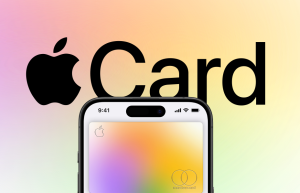Is this a picture of a rabbit or a duck? Which animal do you see first? This is the question that has many on the Internet scratching their heads after seeing an a 124-year-old optical illusion that can be interpreted either way. However, psychologists believe the question isn't which animal you see initially, but rather how quickly you're able to switch between them, according to Metro.
The optical illusion in question, aptly titled "Rabbit and Duck" or "Kaninchen und Entre" in its native German, first appeared in a German magazine around 1892 called Fliegende Blätter, with the caption "Which animals are most like each other?" It gained widespread popularity in 1899 when U.S. psychologist Joseph Jastrow used it to illustrate that perception is just as much a mental activity as it is a physical one.
Jastrow, in his research, observed how quickly one can identify the second animal after the first and how quickly they could change their perception of the drawing to switch between the two. It suggested that the quicker one was able to accomplish this task, the quicker your brain works and the more creative you are, according to the Canada Journal.
The research also had unexpected results, with a different animal being identified first depending on the time of year, according to The Independent.
It found that during the Easter period, people were more likely to see a rabbit first by identifying it's nose and mouth on the right, but in October people saw the duck first by identifying the bill on the left.
© 2026 HNGN, All rights reserved. Do not reproduce without permission.








